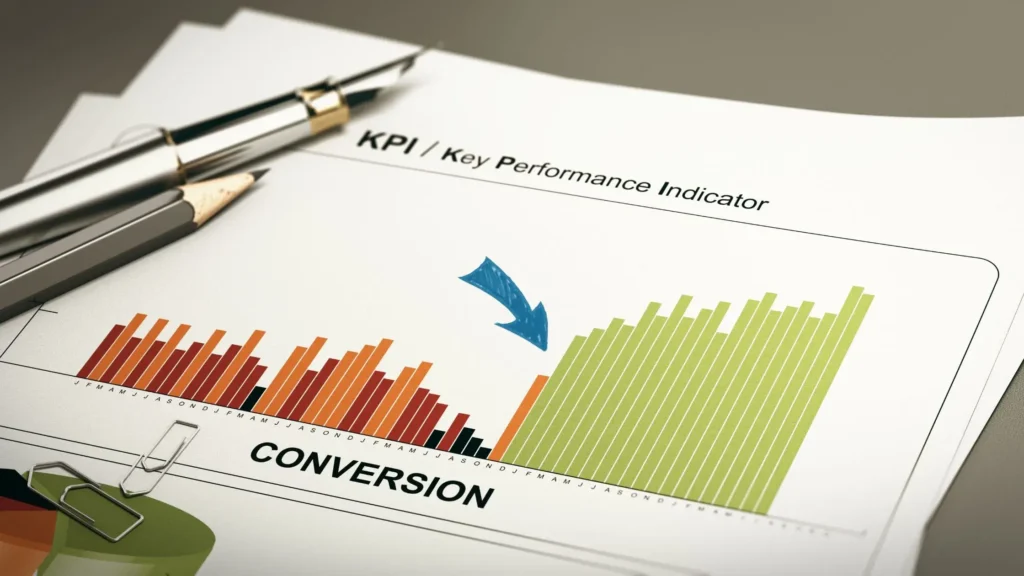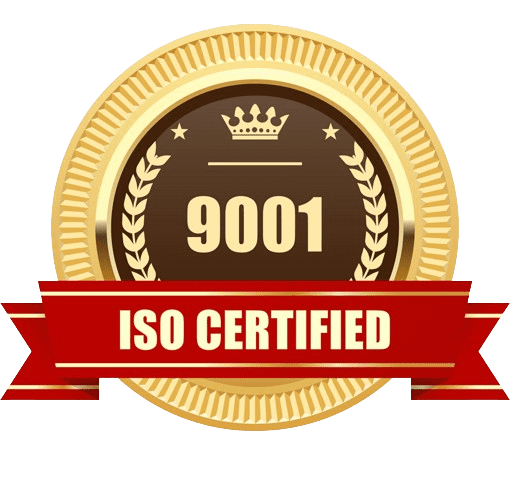How to Measure the Success of Your Digital Marketing Campaigns: Key Metrics Explained

You’ve put in the work, created an amazing digital marketing campaign, and hit “launch.” But how do you know if it’s actually working? If you’re not measuring the right metrics, you could be flying blind, missing out on valuable insights that could help you tweak and optimize your strategy.
In this blog, we’ll explore the key performance indicators (KPIs) that every marketer should track to measure the success of their digital marketing campaigns. From traffic numbers to social media engagement and ROI, we’ll walk you through the essential metrics you need to monitor for a data-driven approach.
1. Website Traffic: The First Indicator of Success
Before diving into deeper metrics, one of the first things to check is your website traffic. An increase in visitors is often a good sign that your campaign is reaching people. Tools like Google Analytics can give you a clear picture of traffic sources (organic, paid, social media, etc.) and overall visitor behavior.
Here’s what you should track:
- Unique visitors – How many new people are landing on your site?
- Traffic sources – Where is your traffic coming from (search engines, social media, or direct)?
- Bounce rate – Are users leaving your site without interacting?
Tip: If you’re seeing a high bounce rate, it could be an indication that your landing pages need some work or that visitors aren’t finding the content they expected.

2. Conversion Rate: Turning Visitors into Customers
Traffic is great, but conversions are where the money’s at. A conversion happens when a visitor takes the desired action, like signing up for a newsletter, downloading an ebook, or making a purchase. Your conversion rate is the percentage of visitors who complete that action.
- How to calculate it:
Conversion Rate = (Conversions / Total Visitors) x 100
Improving conversion rates often requires tweaking landing pages, forms, and calls-to-action (CTAs) to ensure they’re clear, compelling, and aligned with user intent.
3. Cost Per Acquisition (CPA): Measuring Efficiency
Another vital metric to track is your Cost Per Acquisition (CPA), which tells you how much you’re spending to acquire a new customer. Lowering your CPA while increasing conversions is the ultimate goal of any digital marketing campaign.
- How to calculate it:
CPA = Total Campaign Spend / Number of Conversions
This metric helps you evaluate the efficiency of your marketing spend. For example, if you’re spending $100 to acquire a customer who only brings in $50 in revenue, it’s time to rethink your strategy.

4. Return on Investment (ROI): Measuring Overall Profitability
When it comes to justifying your marketing budget, Return on Investment (ROI) is the king of metrics. ROI helps you determine whether the revenue generated from your marketing efforts is greater than the costs associated with running the campaigns.
- How to calculate it:
ROI = (Revenue from Campaign – Cost of Campaign) / Cost of Campaign
If your ROI is positive, you’re making more than you’re spending, which is always a good sign. If it’s negative, it might be time to reevaluate your tactics.
5. Engagement Metrics: Are Your Audiences Interacting?
Engagement metrics provide insight into how well your audience is connecting with your content. Whether you’re running a social media campaign, email marketing, or content marketing strategy, engagement metrics can show you what’s working and what’s not.
Key engagement metrics include:
- Click-Through Rate (CTR): The percentage of people who clicked on a link or CTA.
- Time on Page: How long do visitors stay on your content pages?
- Social Media Shares and Comments: Is your audience actively engaging with your posts?
For social media, likes and shares are important, but deeper engagement (like comments and private messages) can tell you more about how invested people are in your content.
6. Email Marketing Performance: Beyond Open Rates
If email marketing is part of your campaign, don’t just stop at open rates. To measure email success, you should also be tracking:
- Click-Through Rate (CTR): How many people clicked on a link within your email?
- Conversion Rate: How many of those clicks led to desired actions like sign-ups or purchases?
- Unsubscribe Rate: A high unsubscribe rate could signal that your content isn’t resonating with your audience.
7. Customer Lifetime Value (CLV): Focusing on Long-Term Success
While many of the metrics we’ve covered focus on short-term wins, it’s also important to consider long-term success. Customer Lifetime Value (CLV) measures how much revenue you can expect to generate from a single customer over their entire relationship with your brand.
- How to calculate it:
CLV = (Average Purchase Value x Purchase Frequency x Customer Lifespan)
This metric helps you focus on retaining customers, not just acquiring new ones, which is often more cost-effective in the long run.

8. Social Media Analytics: Digging Deeper into Performance
Social media platforms like Facebook, Instagram, and LinkedIn offer their own sets of analytics. Pay attention to these when running social media campaigns:
- Reach: How many people saw your post?
- Impressions: How many times was your post displayed?
- Engagement Rate: A combination of likes, comments, shares, and clicks. High engagement suggests your content resonates with your audience.
Pro Tip: If you see a post performing well organically, consider putting a little money behind it to boost its reach even further.
Related: Best Practices for Boosting Conversion Rates in Digital Marketing
9. A/B Testing Results: Fine-Tuning Your Campaigns
One of the best ways to improve your marketing campaigns is through A/B testing. This involves testing two different versions of an ad, landing page, email, or even a CTA to see which one performs better.
Track these testing metrics:
- CTR: Which version led to more clicks?
- Conversion Rate: Did the tested change lead to more conversions?
By continuously testing and refining, you can steadily improve your campaign performance.
How TurnOnWeb Solutions Can Help
Measuring the success of your digital marketing campaigns can be a daunting task. With so many metrics to track and analyze, it’s easy to feel overwhelmed. That’s where TurnOnWeb Solutions, a leading website development company in Pune, comes in.
- Comprehensive Data Analysis: We use cutting-edge tools like Google Analytics, SEMrush, and HubSpot to track everything from website traffic to conversion rates, giving you a full picture of your campaign’s performance.
- Custom Reporting: You’ll get easy-to-understand reports that break down the most important metrics for your business, helping you make informed decisions.
- Ongoing Optimization: We don’t just set up campaigns and walk away. Our team is dedicated to continually refining your strategy based on real-time data, ensuring you get the highest return on your investment (ROI).
- Expert A/B Testing: Unsure which version of your landing page, email, or social post will perform best? Let us handle A/B testing to fine-tune your approach for maximum conversions.
Ready to get started? Contact TurnOnWeb Solutions to take your digital marketing to the next level and drive more measurable results today.
Conclusion
Measuring the success of your digital marketing campaigns isn’t about tracking one or two numbers; it’s about a holistic approach. By regularly analyzing traffic, conversion rates, engagement, and ROI, you can adjust your strategies to maximize results. Remember, what you measure, you can manage—and ultimately improve.
Start small by focusing on the most relevant KPIs for your goals and then expand as your marketing strategy evolves. Keep refining, keep testing, and watch your campaign success grow.
People Also Ask
1. How can I track conversions from my digital marketing efforts?
4. How can social media metrics help measure campaign success?
Social media metrics like likes, shares, comments, and reach are essential indicators of engagement and brand awareness. More importantly, social media ROI can be measured by tracking link clicks, leads generated, and sales originating from social media platforms. Tools like Facebook Insights and Instagram Analytics provide detailed reports on how well your campaigns are performing in terms of engagement and reach.
5. What is the difference between lead generation and lead conversion metrics?
- QUICK LINKS
TurnOnWeb Solutions - Zoho's Partner
- QUICK LINKES
- SERVICES




